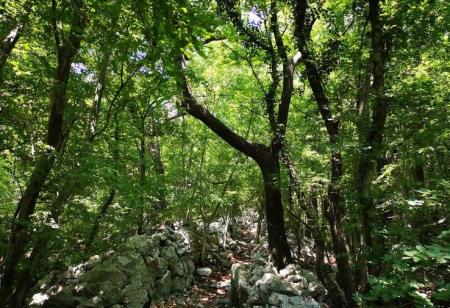
Objective:
Croatia is a world famous destination for its truffle collection in wild and the truffle sector is well developed. However, although Croatia is a small country, truffle production is in fact concentrated only in the Istrian region and has not been developed in the rest of the country. In other parts of the country, very few people are involved in collecting truffles (summer truffles) and this is actually more of a hobby for them than a source of income. Therefore, it was important to conduct a survey to determine where summer truffle could be found and in what quantities, and the results of the survey would give us a clearer picture of the possibility of developing the truffle sector in other parts of the country.
Context:
The wide ecological niche of summer truffle in terms of pH, altitude and symbiont plants has enabled this species to develop in almost all forest areas in Croatia. However, regardless of this knowledge, summer truffle collection is largely concentrated in the Istrian peninsula, while in the rest of the country there are very few people collecting it. Although summer truffle has been commercially used here for many decades, the available data about presence and yield have remained scarce, often unreliable and thus scientifically untreated.